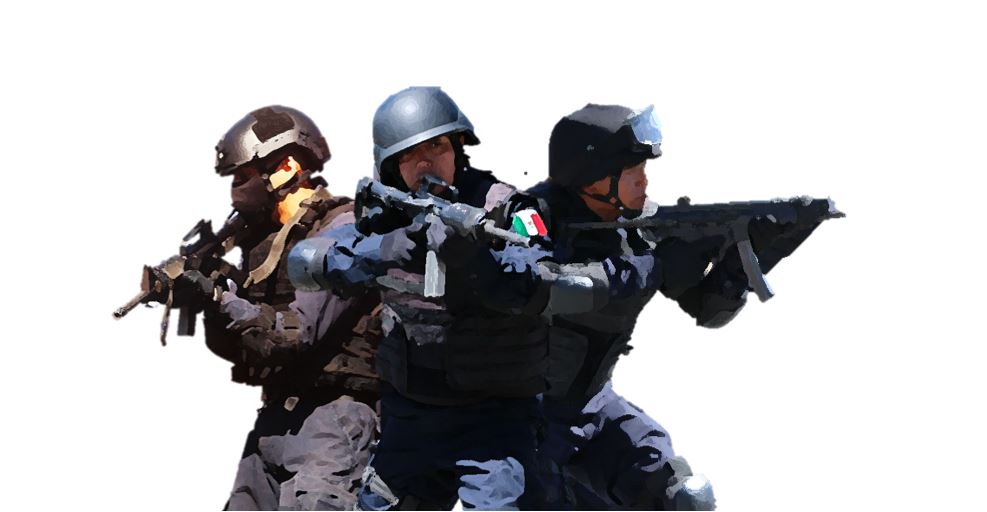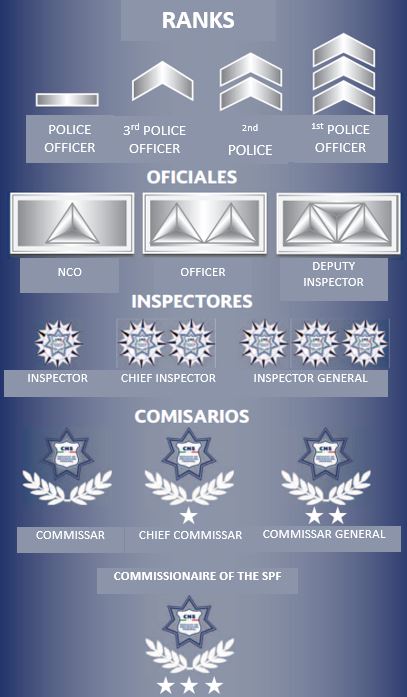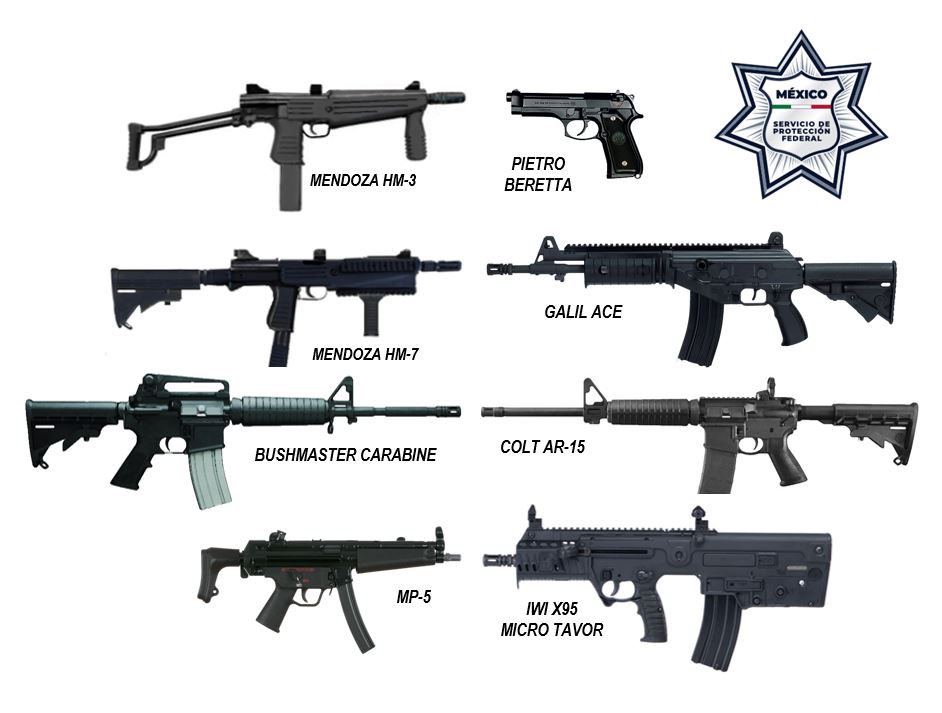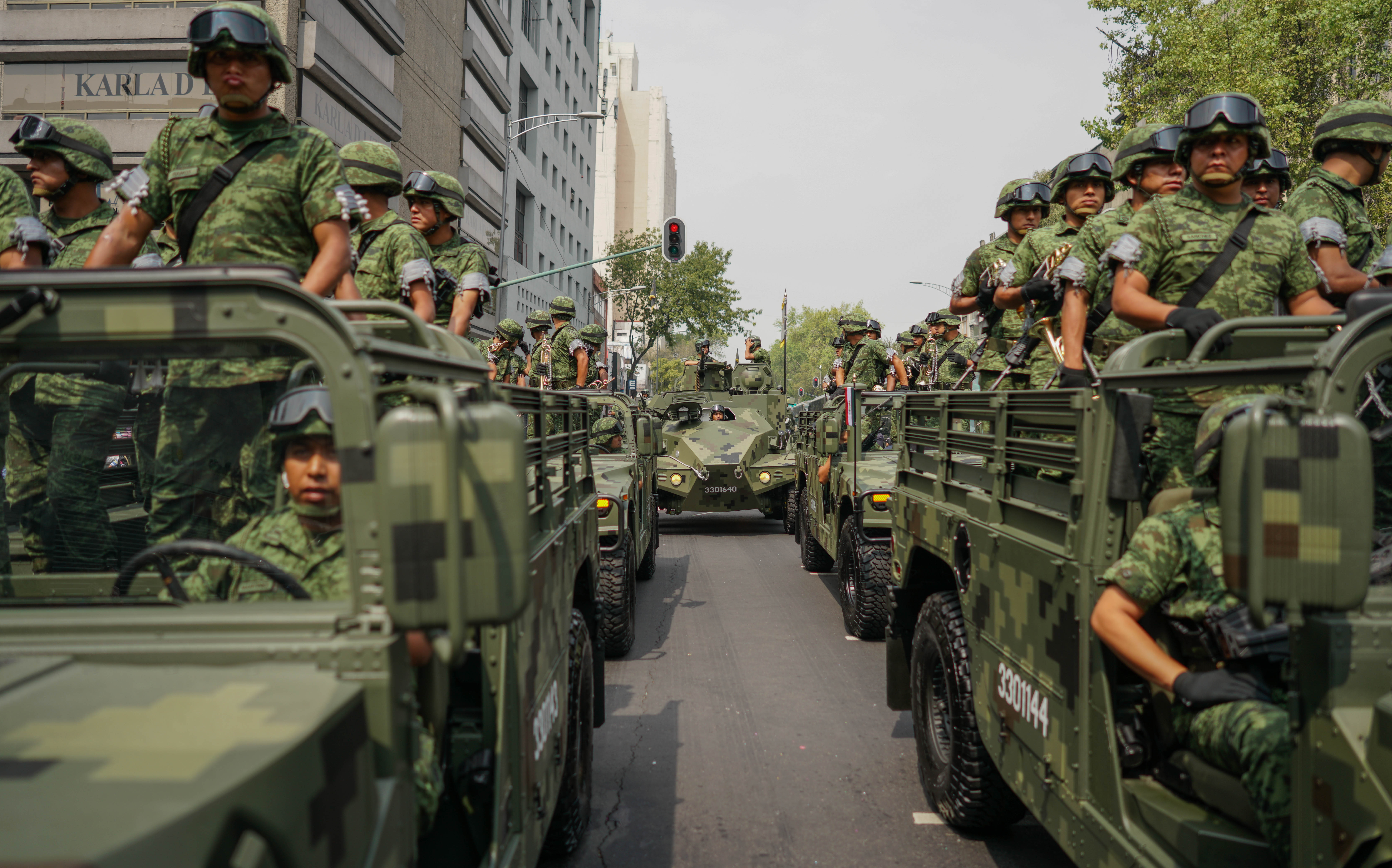What is the Mexican Federal Protective Service?
March 8, 2023
by

The Federal Protective Service (SPF for its initials in Spanish) is a federal police agency in charged of securing critical infrastructure, but they do so much more than that.
The Federal Protective Service (SPF) is a semi-independent agency of the Secretariat for Citizen Safety and Protection, created in 2008.
The SPF has around 12,000 members, but its currently trying to expand to 40 - 50 thousand members. It is made up of about 40% of women and 60% of men.
Its core mission is to guard federal buildings and strategic facilities and protect, custody, and surveil people and assets. SPF officers and guards specialize in providing physical and personal security rather than doing traditional police jobs, such as crime prevention patrols, executing warrants, and conducting investigations.
One particular aspect of this organization is that they also offer services as a private security agency, meaning some private sectors and individuals can hire them to provide bodyguard and building security services.
The SPF was created around the same time the Merida Initiative (a security cooperation agreement among the United States and Mexico) was announced and was probably designed after the American Federal Protective Service. Of note, Russia also has a Federal Protective Service, which closely resembles the Mexican one in terms of duties.
BUT WHAT DO THEY ACTUALLY PROTECT?
While the SPF is supposed to protect all infrastructure considered strategic by the government, they almost exclusively federal government offices, facilities, and some government officials. It was only until the government of AMLO that the SPF's responsibilities grew considerably.
And while their main task is to protect critical infrastructure, SPF officers at airports and ports are rare (the navy and national guard mostly guard these). The SPF also only partially guards the Bank of Mexico, the nationally owned PEMEX oil company, and the national electricity company CFE, as these, have their internal security forces and rely heavily on the armed forces for high-risk infrastructure protection.

As mentioned above, it wasn't until the government of AMLO that the SPF was tasked to protect the public healthcare sector and some of the government banking sector. Most of its personnel is now focused on safeguarding:
- Clinics and hospitals of the ISSSTE and IMSS (two branches of the public health care sector)
- Some PEMEX and CFE installations
- Some ports
- Banco de la Bienestad (government-owned banking services)
- FGR (Mexico's national investigative agency)
- Private mines
- Railways (in the past)
- Migrant stations
- And all federal office buildings
The SPF is also taken to conduct high-risk transfers of assets or personnel, train civil and private security organizations in security matters, and assist the National Guard when requested.
TRAINING AND CAPABILITIES
All SPF cadets receive one to two months of instruction in the initial training program at Ajusco Training Center in Mexico City. The course takes all cadets through arrests, small arms training, riot control, use of force, drill instruction, and advanced first aid.
Once graduated, some of the guards will receive specialized training in things like:
- Banking security (for those tasked to guard the Bank of the Binestad, Mexico's government-owned bank)
- Healthcare security (for those assigned to protect the national medical system)
- Civil protection
- Port security
- Mining security
- Railroad security (before the private industry took over rail security)
- High-risk personnel or valuable transfers
- Risk analysis
Close protection
Journalist protective services
Tactical driving

Further reading (click here)
SO WHAT ARE THE CAPABILITIES OF THE SPF
Organizations of the same type (in charge of protecting a nation's critical infrastructure) are usually better armed and trained than the SPF. Additionally, they typically resemble a paramilitary force rather than a police force. In comparison, the SPF is mostly armed with small-caliber weapons (excluding machine guns, sniper rifles, and anti-material rifles) and a very limited range of vehicles, of which only a few are bulletproof.
Their arsenal includes:
- Pietro Beretta (standard issue handgun)
- Mendoza HM-3
- Mendoza HM-7
- MP-5
- Bushmaster Carabine (223/5.56)
- Colt AR 15 (223/5.56)
- Galil ACE (5.56/7.62)

And as for vehicles:
- Double cabin Dodge Ram Pick up
- Dodge charger
- One KAMAZ Gorets-M (gifted by Russia)
WHERE IS THE SPF HEADING TO?
One aspect to note is that the SPF's budget was considerably increased since the abolition of the Federal Police. Federal police officers who did not wish to transfer to the national guard were offered to join the SPF, which many did. These former federal police officers are highly trained and will use their knowledge, professionalism, and skills to improve the SPF.
Further on, the willingness of the government to expand the SPF from 10,000 members to 40 - 50,000 members indicates that the government is looking to expand the task and responsibilities of the agency, meaning better equipment and training will be expected in the near future.
For more information and details refer to The Mexican War Factory

Copyright by Vigiles Analytica. All rights reserved. ©2025
